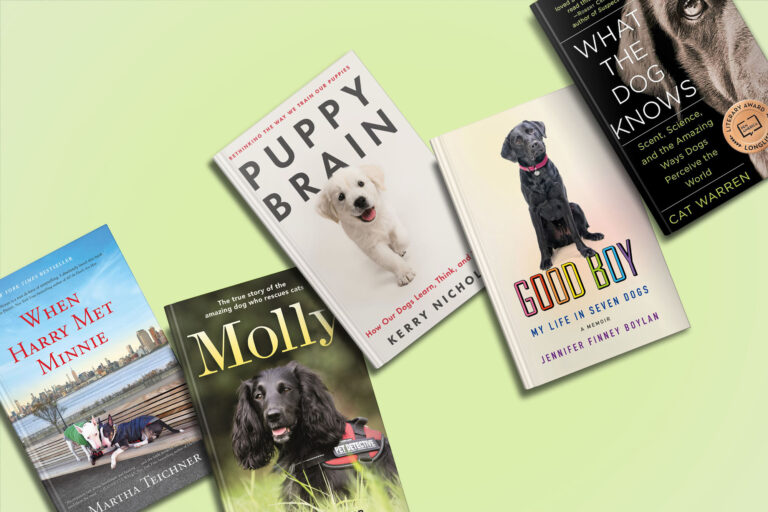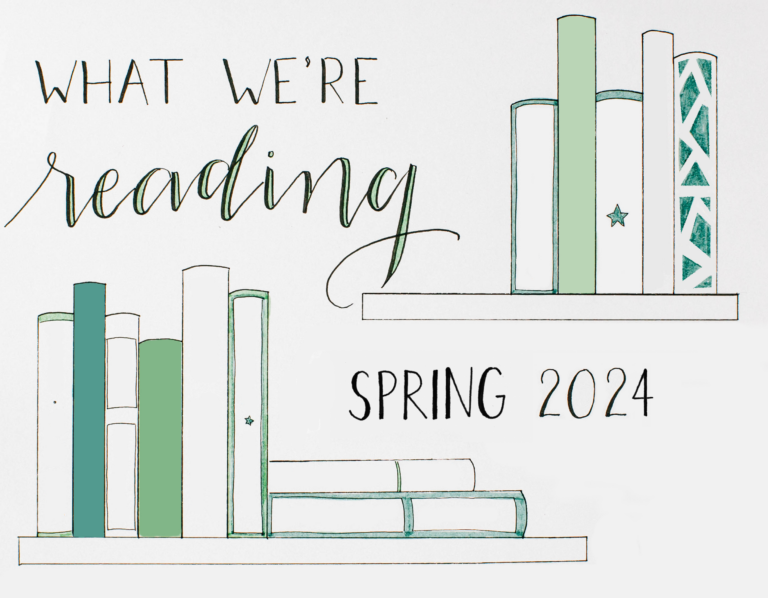Based in fact, nonfiction serves to inform.
Nonfiction has been around ever since ancient civilizations needed to record and explain their laws, and it’s still evolving today. Here’s how we define nonfiction, a look at its history, and some of the genre’s most popular sub-genres.
What is Nonfiction?
Nonfiction is literature that, regardless of the subject matter, has a simple goal: to provide information. It should be based on facts and conclusions of the author’s research or expertise, as opposed to the creativity of the author’s imagination. Granted, storytelling skills are required when writing a great work of nonfiction, but the content is still expected to be accurate. In addition to this, modern nonfiction is prose — writing that sounds like everyday speech and is not written in meter, like poetry.
History of Nonfiction
The earliest works of nonfiction can be traced back to ancient Bronze Age civilizations. By 740 BC, ancient Akkadian literature was already producing The Babylonian Chronicles, a history of the lives of kings, philosophers, and the workings of the empire. In the first century AD, Rome’s Pliny the Elder created the earliest recognized encyclopedia, Naturalis Historia, a popular record of current-day science, art, and history. Fast forward another 1,100 years, and The Anglo-Saxon Chronicles celebrates the history of England between the expulsion of the Roman Empire and the arrival of the Normans.
Through the centuries, sub-genres were established. Histories branched off into biographies, autobiographies, memoirs, and books about current affairs. Science and nature writing broke away from religious texts. The “teaching guides” of ancient Egypt, full of advice on how to live a proper life, led to Benjamin Franklin’s Poor Richard’s Almanack (1732) and the self-help bestsellers of today. Let’s take a deeper look at the modern sub-genres of nonfiction.
Common Types of Nonfiction
There’s a lot of overlap here, but most nonfiction literature falls into these categories.
Histories are as popular now as they were in ancient times. Today, they serve the same purpose – to shine a light on the past and cement its importance. Caste: The Origins of Our Discontents (2020) by Isabel Wilkerson looks at the history of discrimination in the Unites States and how it provided the framework for an unseen caste system today. Erik Larson’s The Splendid and the Vile (2020) takes readers into the personal life of Winston Churchill as WWII rages in Europe, and is a part of a long tradition of military histories.
Biography, Autobiography, and Memoir tells the important stories of a person’s life, whether they’re a well-known public figure or someone who has an interesting story that inspires us all. Biographies are written by an author about someone else, such as The Dead Are Arising: The Life of Malcolm X (2020) by Les and Tamara Payne. Autobiographies, such as Ruth Bader Ginsberg’s My Own Words (2018) are written by the author about themselves. Memoirs, such as J. D. Vance’s examination of his Appalachian childhood, Hillbilly Elegy (2016), are a type of autobiography, but they focus on a narrow, life-changing moment in time.
Science and Nature writing seeks to make complicated matters easier to understand, and rejoices in the lessons learned from the natural world. The Genome Odyssey: Medical Mysteries and the Incredible Quest to Solve Them (2021) by Dr. Euan Ashley explains genome sequencing and the many ways it has helped him diagnose issues in his patients. Vesper Flights (2020) by Helen Macdonald celebrates what she has learned by observing the animals in her life.
Leadership and Self-Help books are part of a long tradition of nonfiction that provides instructions for how to rise up and become your best self — whether in your personal or professional life. In Never Enough (2021), Mike Hayes distills the lessons he learned as a Navy SEAL commander and shows us how to use these tactics inside and outside the boardroom. In Talking to Strangers (2019), Malcom Gladwell demonstrates where we fail in our conversations with people we don’t know, and how we can avoid the conflict this creates. In 2014, Marie Kondo famously taught the world how to graciously kick our clutter to the curb with The Life-Changing Magic of Tidying Up.
Books about Current Affairs and Politics often pick up where histories leave off, taking a deep dive into the impactful events of today. Uncomfortable Conversations with a Black Man (2020) is Emmanuel Acho’s attempt at explaining systemic racism and the steps we can take to begin righting a long list of wrongs. Dan Rather draws on a lifetime of experience as a journalist in America to examine the soul of the nation in What Unites Us (2017).
Nonfiction Novels. The line between fiction and nonfiction is often blurred. The roman à clef, a novel that includes real events and characters who are barely disguised from the real people they represent, first became popular in the 1600s. It has been a particularly useful tool for authors writing semi-autobiographical novels, such as Sylvia Plath’s The Bell Jar (1963) about her struggles with bipolar disorder. In Cold Blood (1966) by Truman Capote marks the rise of the modern true crime genre. His nonfiction novel recreates the real-life circumstances around the 1959 murders of four people in the small town of Holcomb, Kansas, and includes the author’s theories on the murderers’ motives. In 1971, Hunter S. Thompson channeled his subjective, first-person gonzo journalism style to create Fear and Loathing in Las Vegas. The narrative, also a roman à clef, blurs fiction with fact as it describes a wild, law-breaking road trip to Las Vegas in the waning days of America’s counterculture era.
True Crime books examine the impact of real-life crimes, often tracking a criminal case from the beginning of an investigation to the apprehension and prosecution of the perpetrator(s). The sub-genre has exploded in popularity in recent years to include other types of media, like true crime podcasts, documentaries, movies, and TV shows. Yet the sub-genre itself dates back centuries, from the topical crime pamphlets of the 1600s to the shocking penny dreadfuls read throughout 19th century England and America. In 1966, Truman Capote ushered in a new era of true crime writing with the publication of the aforementioned In Cold Blood. In 1979, Norman Mailer won the Pulitzer Prize for The Executioner’s Song, a true crime novel centered on the execution of Gary Gilmore. Other popular true crime books include Vincent Bugliosi’s Helter Skelter (1974), the best-selling true crime book of all time, and Ann Rule’s The Stranger Beside Me (1980), about serial killer Ted Bundy.
More recent true crime books have turned away from the lurid sensationalism of previously published works, focusing instead on the lives of the victims and giving a voice to the lost. Examples include Michelle McNamara’s I’ll Be Gone in the Dark (2018), which tracks the author’s quest to unmask the Golden State Killer, Robert Kolker’s Lost Girls (2013), which chronicles the victims of the still-unidentified Long Island Serial Killer, and Elon Green’s Last Call: A True Story of Love, Lust, and Murder in Queer New York (2021), which shines a light on a set of brutal crimes targeting gay men in 1980s and ‘90s New York City at the height of the AIDS epidemic.



